Chicano Art featured at the California Heritage Museum
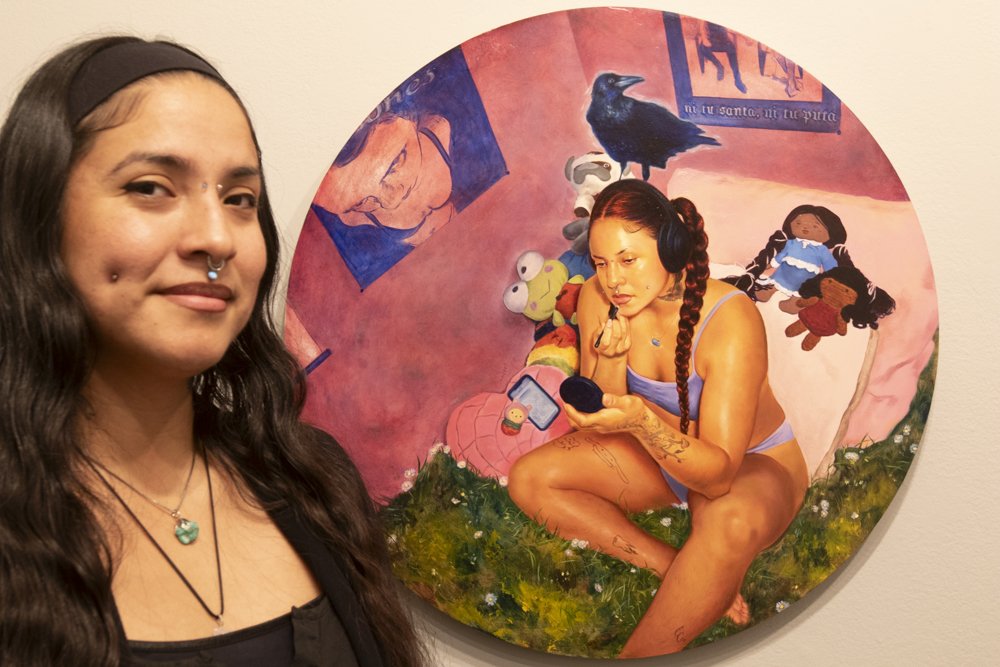
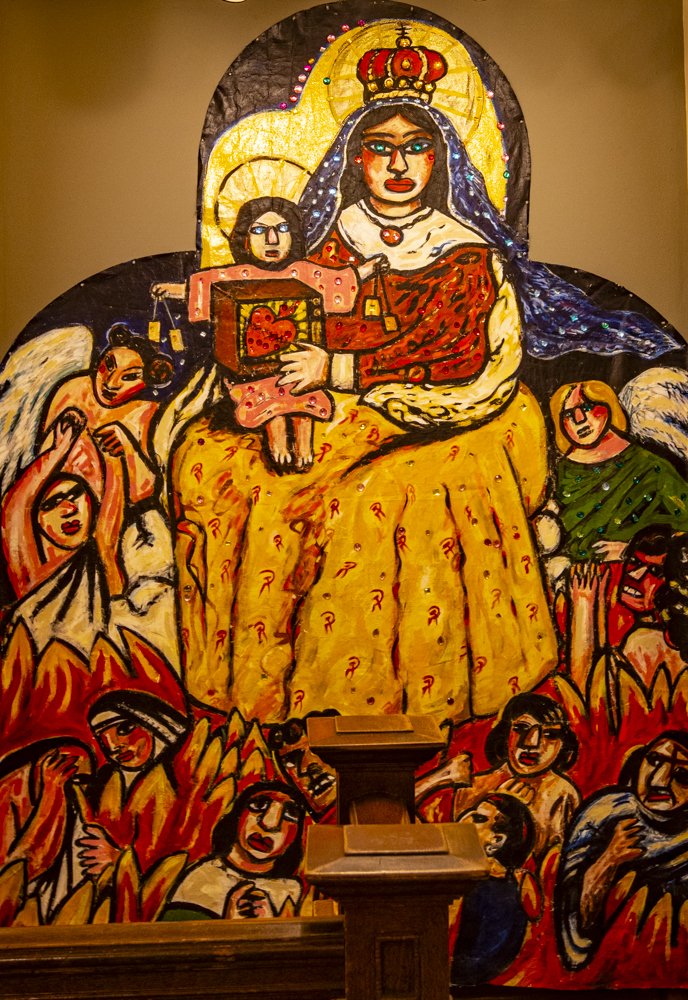

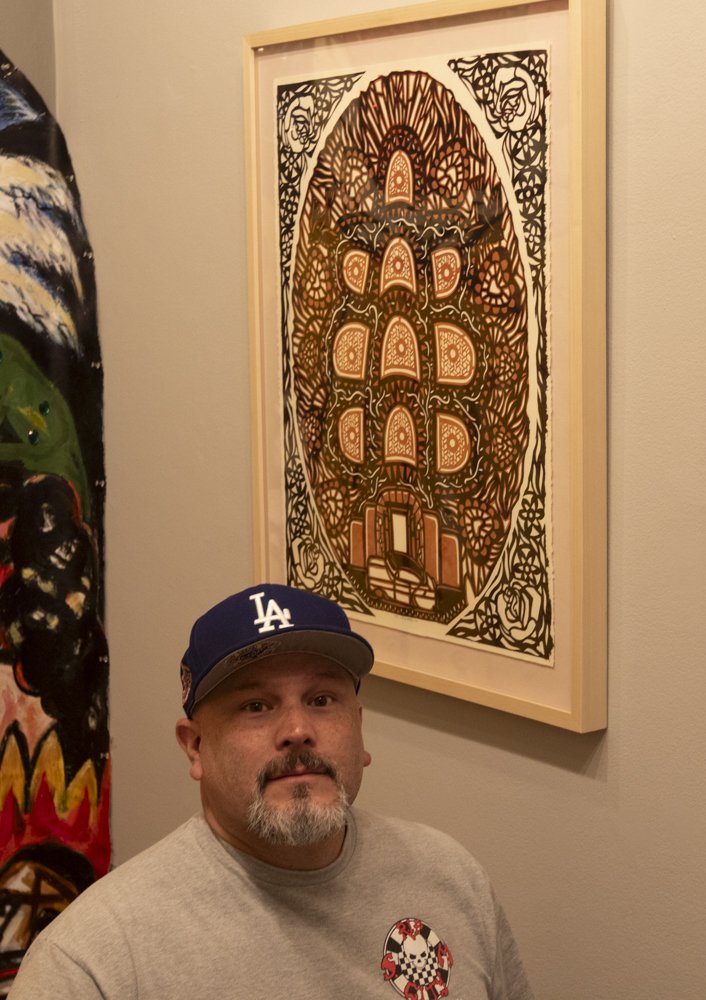
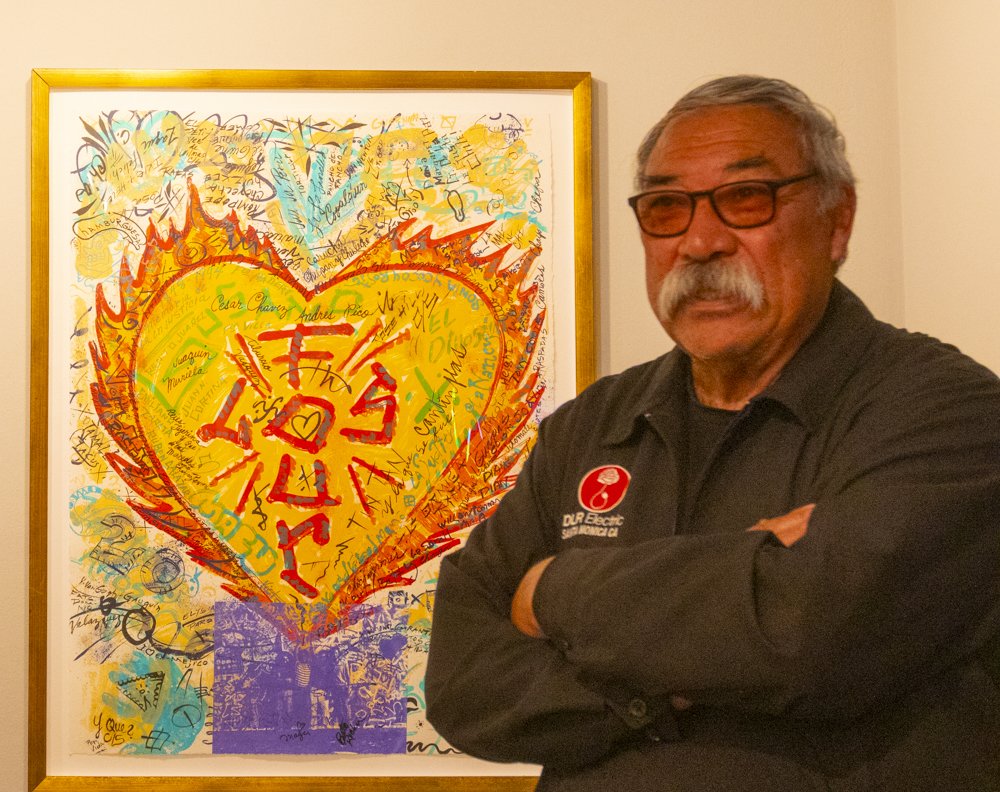
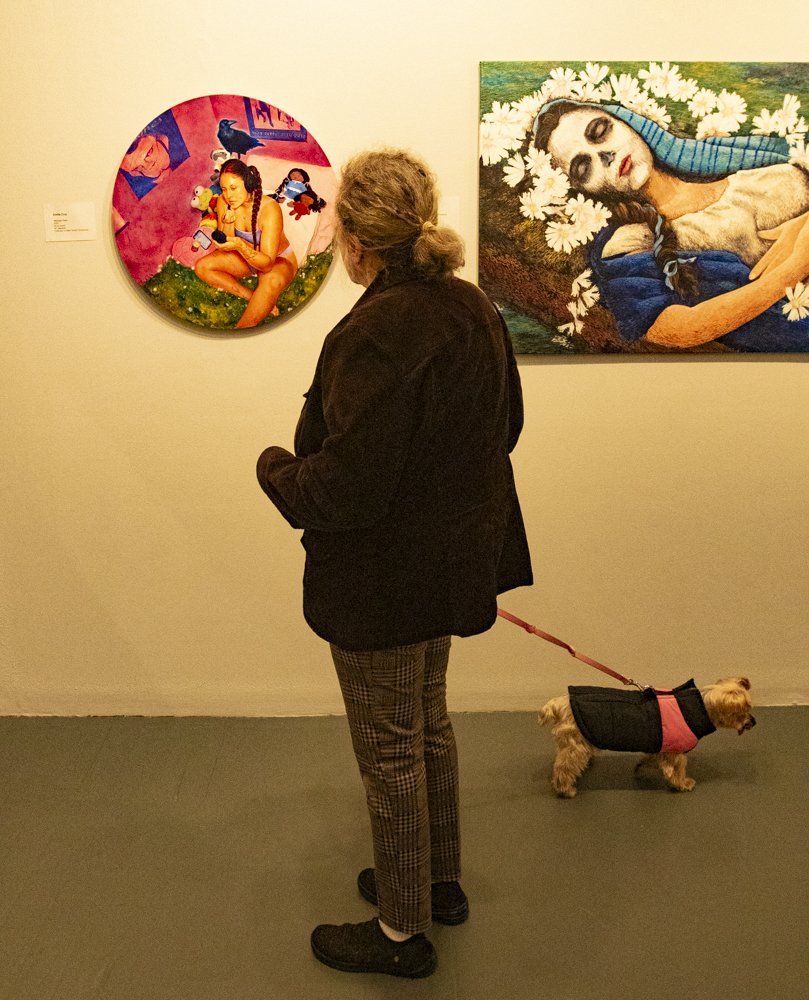

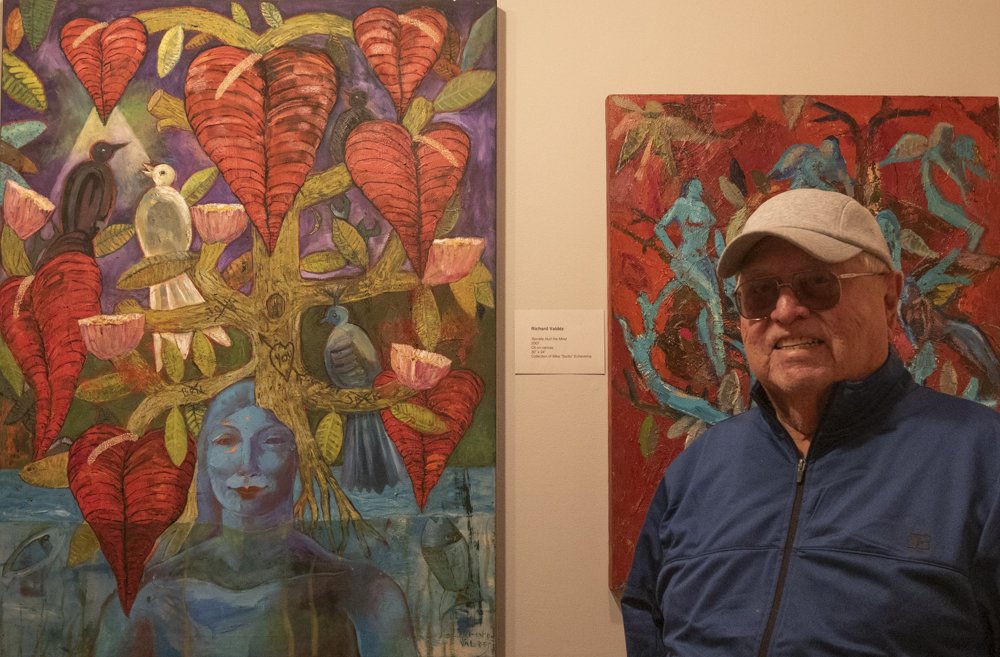
The California Heritage Museum hosted a pop-up exhibition on April 6 in Santa Monica featuring work from prominent figures in the Chicano art movement. Among the featured artists were Abby Aceves and Emilia Cruz. The pop-up event was part of the museum’s larger art exhibit, “Arte Chicano: Hecho en Los Angeles,” which is open through June 2.
The Chicano Art Movement in Los Angeles was founded by artists Gilbert “Magu” Luhan, Gronk, Frank Romero, Carlos Almaraz, and Judy Baca, with the exhibit containing some of their works.
Pablo De La Rosa, one of the tour guides who curated the show, spoke about the artistic contributions of these pioneers and the significance of cities like Boyle Heights and East Los Angeles as a hub for Chicano artists during the 70s.
The tour begins on the second floor with some of the first-ever Chicano artists. De La Rosa acknowledges the challenges these pioneers faced, such as health issues and discrimination, to name a few, emphasizing the importance of honoring the artists who came before who were able to endure those challenges and make works of art and the importance of supporting up-and-coming Chicano artists to ensure that Chicano heritage lives on through art.
“We have tried to honor our founding fathers of the Chicano art movement, but also are embracing the next generation of artists,” De La Rosa said. He discussed the evolution and significance of figures like Gilbert Luhan, “Magu,” a Chicano artist and professor raised in East Los Angeles. Magu was commissioned as the principal designer for the Hollywood and Vine metro station; by 1999, he created a series of wall tiles and platform benches sculpted to resemble lowrider cars. Some of Magu’s pieces, like “Returning to Aztlan,” can be found in the exhibit.
The tour also highlighted the artist Frank Romero, whose small rendition of his painting “Going to the 1984 Olympics” is featured in the exhibit. Another sculpture titled “LA Freeway” was also inspired by his 1984 Olympics painting.
Glugio Nicandro, known as Gronk, has had his artwork showcased at MoMA and the Smithsonian. One of the many pieces of Gronk’s that is part of the exhibit includes one of his most famous works, “La Tormenta,” as well as the last artistic works he created before he passed, inspired by his original painting.
De La Rosa then took a moment to discuss prominent women from the Chicano art movement.
He discussed artist Judy Baca and her most recent work. Baca, the co-founder and artistic director of the Social and Public Art Center (SPARC) in Venice, had an ongoing exhibit at LACMA. Baca’s next project is a mural for the LA River that will be an homage to the Chicano art movement. Her painting, “Absolutely Chicana,” can be found in the exhibition.
As the tour ended, De La Rosa highlighted the new generation of Chicano artists, like Abby Aceves and Emilia Cruz, whose works have been featured at The Cheech Marin Center for Chicano Art and Culture of the Riverside Art Museum, and whom De La Rosa called “promising young artists.”
Cruz’s painting “Message Read” can be found in the exhibit. The piece is part of a larger collection titled “You’re Safe Here” that depicts her experiences during her adolescence.
Aceves, a Mexican artist and former fashion designer, discussed her work and contribution to the Chicano art movement. “I’m really happy to be showing my work here in the California Heritage Museum,” she said.
One of Aceves’ pieces, “Floerecer y no Desaparecer,” which translates to “To Flourish and not Disappear,” is showcased. Aceves created the painting in 2023 to bring awareness to femicide and the disappearance of women in Mexico. The background of her painting features the names of women who died of femicide in Mexico in 2022, as well as the names of two Iranian women.
The exhibit told the story of how Chicano art began and how it will continue with the next generation of artists. It demonstrated how past leaders in the Chicano art scene have inspired a new generation of Chicano artists who will continue to pass the torch on to the next.



